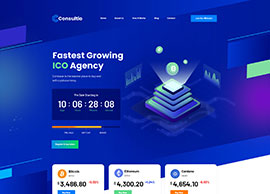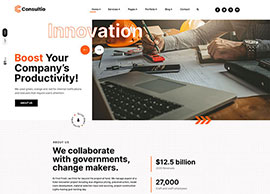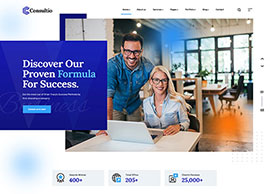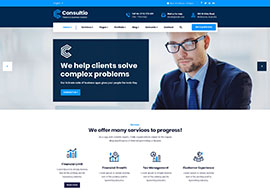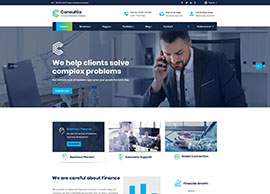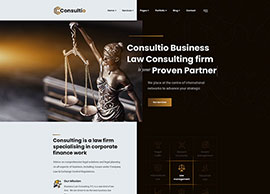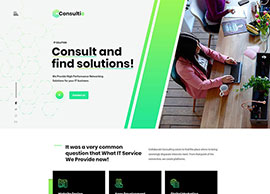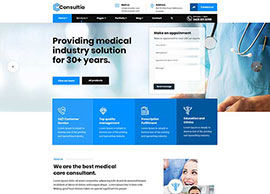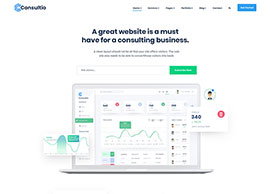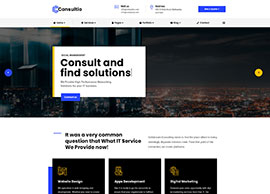Blockchain technology has transitioned from a buzzword to a transformative force across industries, including finance, healthcare, and real estate. Among its most profound impacts is the way it is reshaping the audit process. By introducing a decentralized, transparent, and secure system, blockchain is poised to revolutionize how auditors validate transactions, assess risks, and ensure compliance.
Understanding Blockchain: A Simplified Overview
Blockchain is a distributed ledger technology where transactions are recorded in a decentralized manner. Unlike traditional systems, blockchain relies on a network of nodes to validate and secure transactions using cryptography. Once a transaction is verified, it becomes a permanent part of the ledger, protected from tampering or unauthorized changes.
For example, if Peter transfers 10 bitcoins to Jane, the blockchain network ensures the transaction’s authenticity by checking Peter’s balance and verifying his ownership of the funds. After validation, the transaction is added to the blockchain and linked to prior transactions, creating an immutable record.
The Transformational Role of Blockchain in Auditing
The traditional audit process often relies on sampling, manual verifications, and third-party confirmations, all of which are time-consuming and resource-intensive. Blockchain eliminates many of these inefficiencies by enabling auditors to access and verify data in real time.
Key Advantages of Blockchain for Auditors:
Transparency and Traceability
Blockchain creates a transparent ledger where every transaction is recorded and can be traced back to its origin. This eliminates the need for auditors to rely solely on client-provided data or external confirmations, enhancing trust in the process.
Comprehensive Data Analysis
Traditional audits often involve sampling due to the impracticality of reviewing entire data sets. Blockchain allows auditors to analyze the full population of transactions, increasing accuracy and reducing the risk of oversight.
Real-Time Auditing
Transactions recorded on a blockchain are validated and added to the ledger almost instantly. This enables continuous auditing, allowing firms to provide more timely and relevant insights.
Cost and Time Efficiency
Automation of transaction verification reduces the need for labor-intensive processes. Blockchain minimizes delays caused by third-party confirmations, resulting in cost and time savings.
Enhanced Fraud Detection
Blockchain’s cryptographic security makes it resistant to data tampering. While it cannot eliminate fraud entirely, it provides a more secure environment for transaction recording and verification.
Real-World Applications of Blockchain in Auditing
The implementation of blockchain in auditing goes beyond theory. Practical applications are already being explored, demonstrating its potential to revolutionize the industry.
- Transaction Verification
Instead of requesting bank statements or confirmation letters, auditors can verify transactions directly on the blockchain ledger. Public ledgers such as blockchain.info provide immediate access to transaction records. - Continuous Monitoring
Blockchain enables auditors to monitor transactions as they occur. This is particularly beneficial for high-volume industries, where traditional end-of-year assessments often miss critical details. - Smart Contracts
Blockchain supports smart contracts, which execute automatically when predefined conditions are met. Auditors can assess the terms and execution of these contracts, reducing the risk of human error or fraud.
Challenges of Integrating Blockchain in Auditing
Despite its advantages, blockchain presents unique challenges that auditors must address:
Technical Expertise
Blockchain’s complexity demands a new skill set. Auditors must acquire specialized knowledge to evaluate blockchain systems effectively and identify potential risks.
IT Dependencies
The security of blockchain relies on robust IT systems. Auditors must assess the effectiveness of controls governing access, data integrity, and disaster recovery.
Fraud Risks in Surrounding Systems
While blockchain is secure, vulnerabilities in interfaces like wallets or software managing the blockchain environment can expose entities to fraud. Auditors must evaluate these systems comprehensively.
Irreversible Transactions
Transactions on a blockchain cannot be altered or reversed. This makes error prevention critical, as mistakes can result in permanent financial loss.
The Future of Auditing in a Blockchain World
The integration of blockchain into auditing is not just an enhancement but a paradigm shift. By automating and streamlining key aspects of the audit process, blockchain allows auditors to focus on higher-value activities such as risk assessment and strategic advisory. Additionally, blockchain’s transparency fosters greater trust among stakeholders, enhancing the credibility of financial reporting.
In Dubai, where innovation and technology adoption are highly prioritized, blockchain presents significant opportunities for accounting firms in Dubai. As businesses and governments increasingly integrate blockchain into their operations, auditors must evolve to meet the demands of this dynamic environment.
Conclusion
Blockchain is revolutionizing the audit process by introducing unparalleled levels of transparency, efficiency, and security. While challenges remain, the benefits far outweigh the risks, signaling a promising future for the auditing profession. By embracing blockchain, auditors can ensure they remain relevant in a rapidly transforming digital landscape, poised to deliver greater value to businesses and stakeholders alike.



